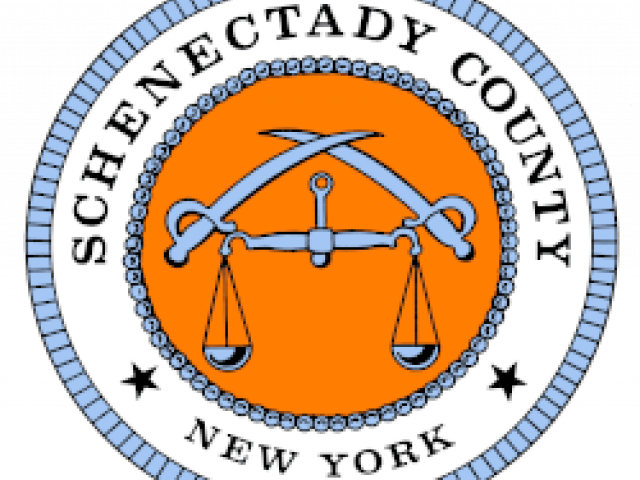
Budget Extends County’s Zero Percent Tax Levy Average to Nine Years, Saving Taxpayers More Than $63 Million
The Schenectady County Legislature unanimously approved the 2025 Operating Budget and 2025-2030 Capital Improvement Program earlier tonight. The 2025 Operating Budget includes $429,613,700 in appropriations and a zero percent increase in the County’s property tax levy.
“Schenectady County continues to hold the line on property taxes while delivering essential services that our residents depend on,” said Gary Hughes, Chair of the Schenectady County Legislature. “Our commitment to fiscal responsibility has saved taxpayers more than $63 million over the last nine years, all while investing in critical areas like SUNY Schenectady, our county library system, workforce development, and infrastructure projects that will benefit our community for years to come.”
“We’re grateful to the County Manager and his staff for their hard work and diligence in crafting a budget that reflects the Legislature’s priorities,” said Schenectady County Legislator Philip Fields, Chair of the Ways and Means Committee. “The Legislature’s commitment to sound fiscal management has enabled us to keep the tax levy at the same level as 2016, all while making strategic investments that drive growth and strengthen our community, ensuring that we can continue to provide essential services and build a brighter future for our residents without increasing the tax burden.”
Highlights of the 2025 County Budget include:
Holding the Line on Property Taxes
The budget includes a property tax levy of $71,086,466, which represents a zero percent increase from the 2024 Adopted Operating Budget. Since 2017, the average increase in the County’s tax levy is zero percent, which has saved taxpayers $63 million over the same period, had the levy increased by the maximum allowed under the State Property Tax Cap.
Changes in the tax levy
2017: 0%
2018: -1%
2019: 0%
2020: 0%
2021: 1.95%
2022: -1%
2023: 0%
2024: 0%
2025: 0%
Mandated Costs
County government budgets in New York State remain dominated by state and federally mandated programs. More than 52 percent of the property tax levy is allocated to the County’s share of Medicaid. Other mandated costs include Temporary Assistance (TANF & SafetyNet), Child Welfare, Community College chargebacks, Early Intervention, Preschool Education, Indigent Defense, Probation, Youth Detention, Foster Care and Public Health.
Investing in Infrastructure
The $60 million 2025-2030 Capital Improvement Program includes over $26 million for capital projects in 2025, including more than $3.4 million for SUNY Schenectady, and $7.5 million in airport upgrades. It also includes $23.6 million in transportation appropriations to fund road and bridge infrastructure improvements. Projects planned for completion in 2025 include Grand Boulevard Pavement Preservation & Improvements Project and the Dunnsville Road Culvert Replacement Project.
Schenectady County continues to seek and evaluate potential properties for consolidating several County departments to enhance accessibility and reduce operational costs. The County will issue an RFP/RFI to assist with this process.
Providing Services to the Community
The budget provides for the continuation of services residents rely on, including:
- Increasing the County’s contribution to SUNY Schenectady by three percent, investing more than $3.4 million in capital projects and equipment, and contributing an additional $2 million for the new Schenectady County Higher Education Promise, for an investment totaling over $5.7 million for the college;
- Investments in public safety, including the specialized Targeted Street Crime Unit and Sheriff’s Drug Task Force;
- Continuing Schenectady County Cares, a one stop childcare resource center for those in need of childcare subsidies and information about becoming a registered provider;
- Taking a comprehensive approach through our Department of Social Services to address community needs, including the challenge of limited affordable housing in our area;
- Connecting adults and youth with workforce development opportunities;
- Working with local health care providers, law enforcement, first responders, and community partners to provide immediate access to treatment, address systems gaps, and implement new strategies to impact heroin and opioid use, including complete treatment programs, Naloxone training, community housing, and Day Hab support for those who struggle with drug and alcohol issues; and
- Support for the County’s Glendale Home, a cornerstone to our commitment to quality elder care.
